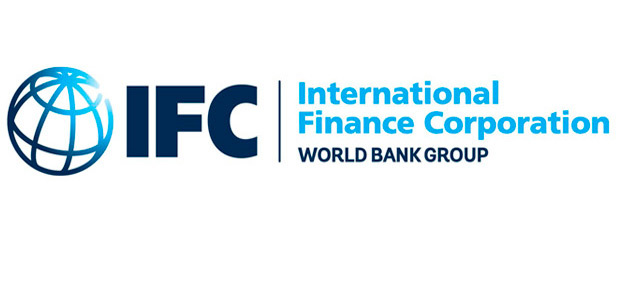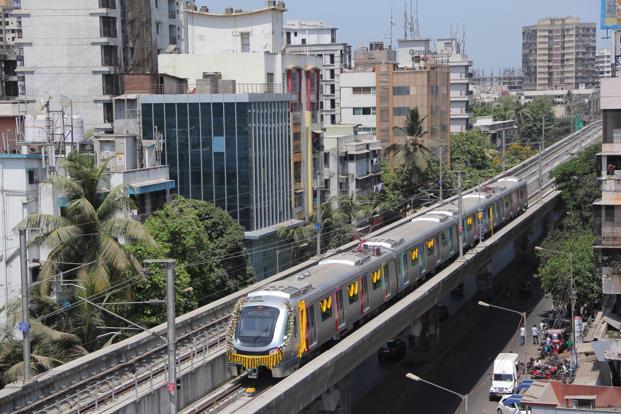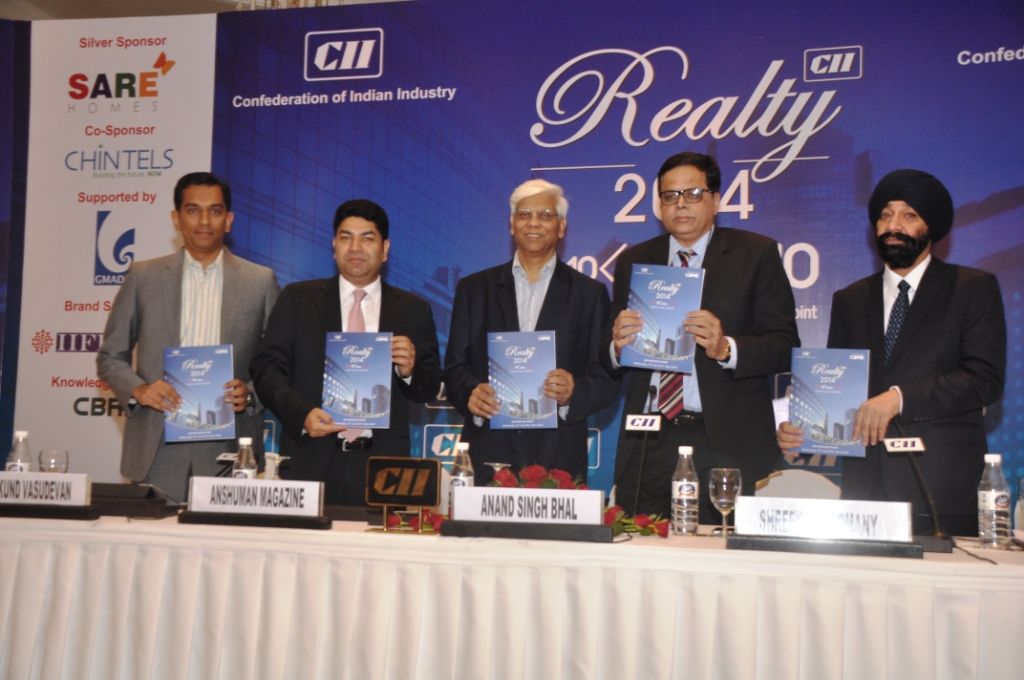
Provident Housing secures INR 1,150 crores investment from HDFC Capital
Provident Housing, a wholly owned subsidiary of Puravankara Limited has made a…

Provident Housing, a wholly owned subsidiary of Puravankara Limited has made a…

India’s urban housing today could at best be described as a soda bottle syndrome where the constant rural push to the select few urban centers could explode at any given point of time. It is not that the policy makers are unaware with the growing population and its dependence over the metro cities. As a matter of fact, when the country’s first planned city, Chandigarh, came into existence as a horizontal city that could cater as the capital of both the Punjab and Haryana State, it seemed to be independent India’s first tryst with organized urban planning in general and its housing solution in particular.

In the financial sector, housing finance is relatively a new concept as the government took interest in the last two decades to diminish the housing problem in India. However, the participation of banks and financial institutions in the housing credit sector has swelled and the sector itself has evolved over the years, fuelled also by the concurrent evolution in government regulations in the sector and real estate industry as a whole.

According to the report titled “The Herald of a New Chapter: Student Accommodation in India”, the Student Housing/Co-Living space is expected to witness an investment worth USD 700 million and an addition of 0.6 million beds by 2023 across the country. The Student Housing segment is witnessing rapid growth across all the major markets in the country and expected to witness a growth of 36 percent between 2019 to 2023.

It was not the magic wand it was hoped to be. However, over the past two years, the Real Estate Regulatory Act (RERA) has brought more sanity – and the return of consumer power – than seemed possible in such a short time. The real estate sector is still struggling with it and the Act is very much work-in-progress in many states, but RERA nevertheless hangs like a sword of Damocles over a previously unregulated industry. Eventual compliance across the board seems inevitable.

Various private equity players are reviewing the holdings of these institutions and we could see a very big portfolio sale transaction in this quarter involving DHFL. However, there is a lot of action in alternative sectors such as co-living and student housing with players such as Stanza Living, Hamstede and Oyo on a signing spree.

Affordable housing and Mumbai often sound to be quite contradictory. The peninsular city with limited land parcels and load on the infrastructure often makes an urban planner fumble for offering any sustainable solution. Critics hence dismiss the very idea of affordable housing in the city. In Mumbai the development and growth of affordable housing has also been facing significant challenges owing to a gamut of fiscal, regulatory and urban issues.

IFC, a member of the World Bank Group, is convening a voluntary, collaborative effort with leading Indian housing sector companies to form an industry-led Sustainable Housing Leadership Consortium to drive sustainability in India’s housing market with a particular focus on the affordable housing sector.

Track2Realty Exclusive: The built environment of Mumbai real estate for long has been busy with fixing the shortfall of the affordable housing. The debate has more often than not been centered on the three key processes that could lead to the availability of mass housing in a peninsular city where the availability of land remains the primary concern.

Track2Realty: “To give the much needed fillip to Real estate and infrastructure sector in India, ‘Renegotiation’ clause should be inculcated while awarding the Public Private Partnership (PPP) Projects to industry. This would help remove the major impediment to PPP projects, i.e the huge gap in the government’s mind set on one hand and the aggressive and ambitious strategies of the private sector on the other”,
